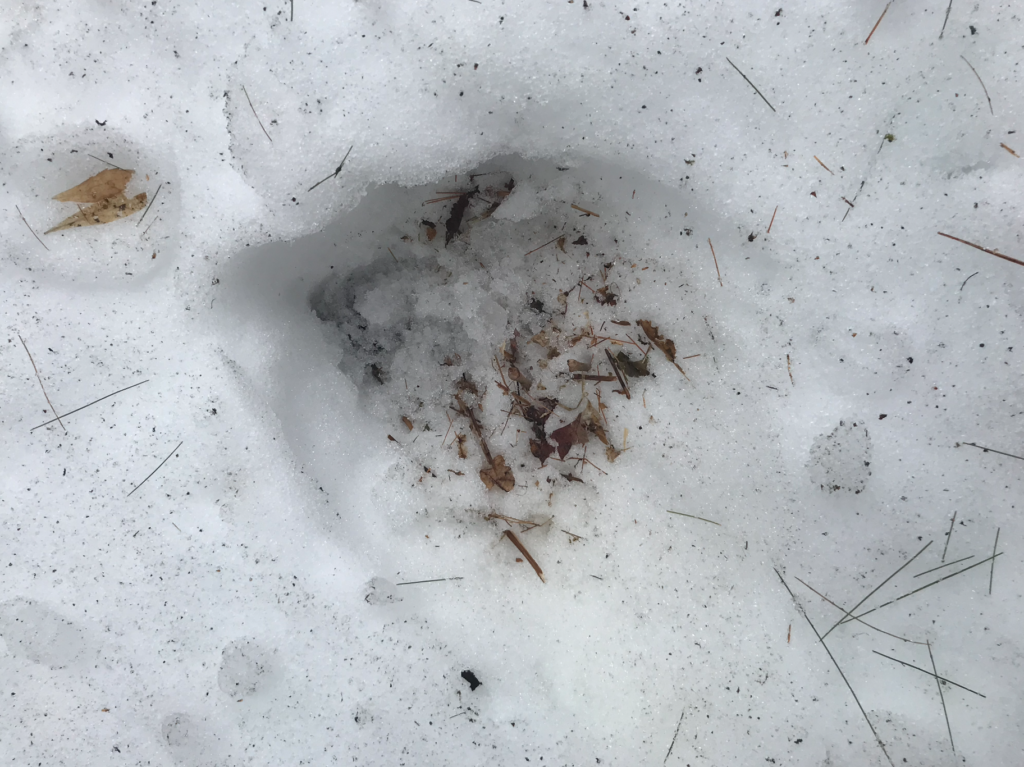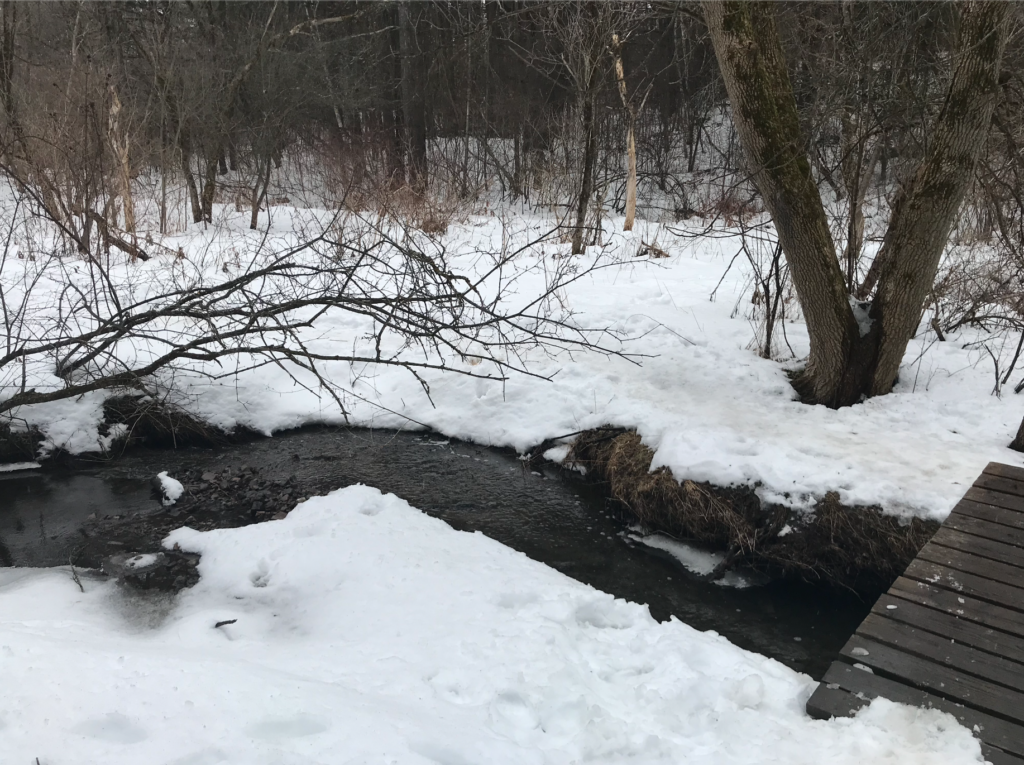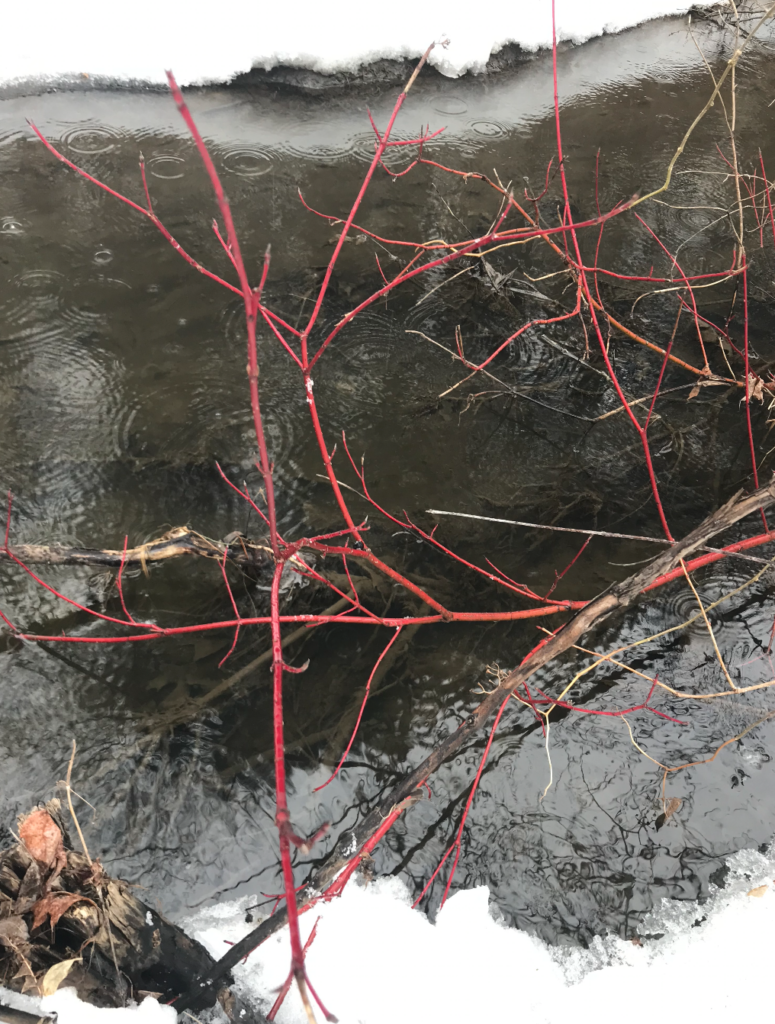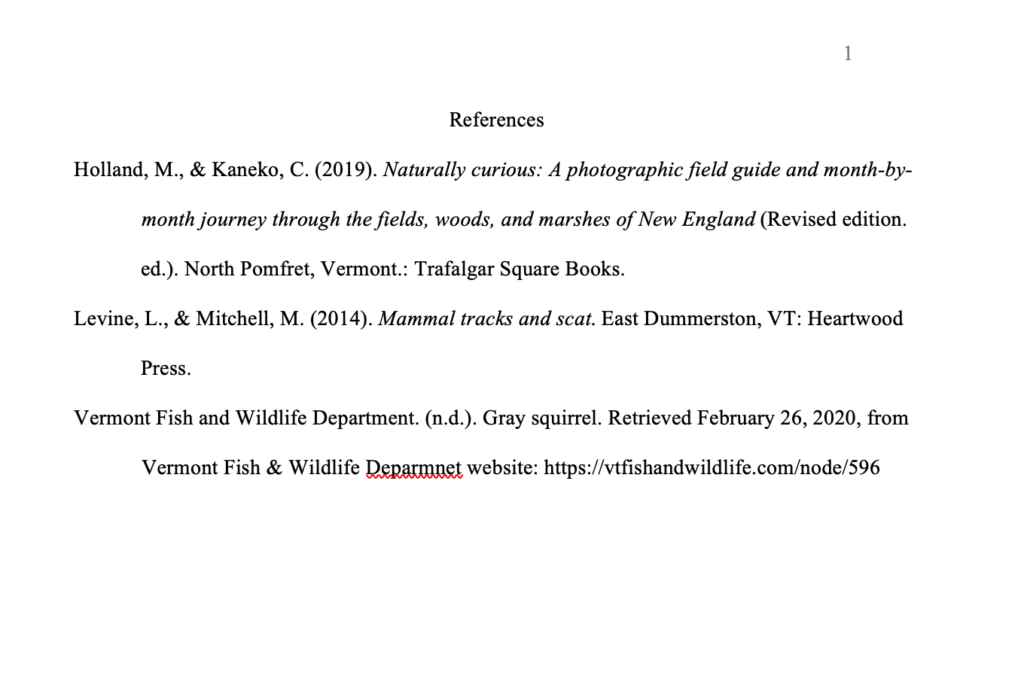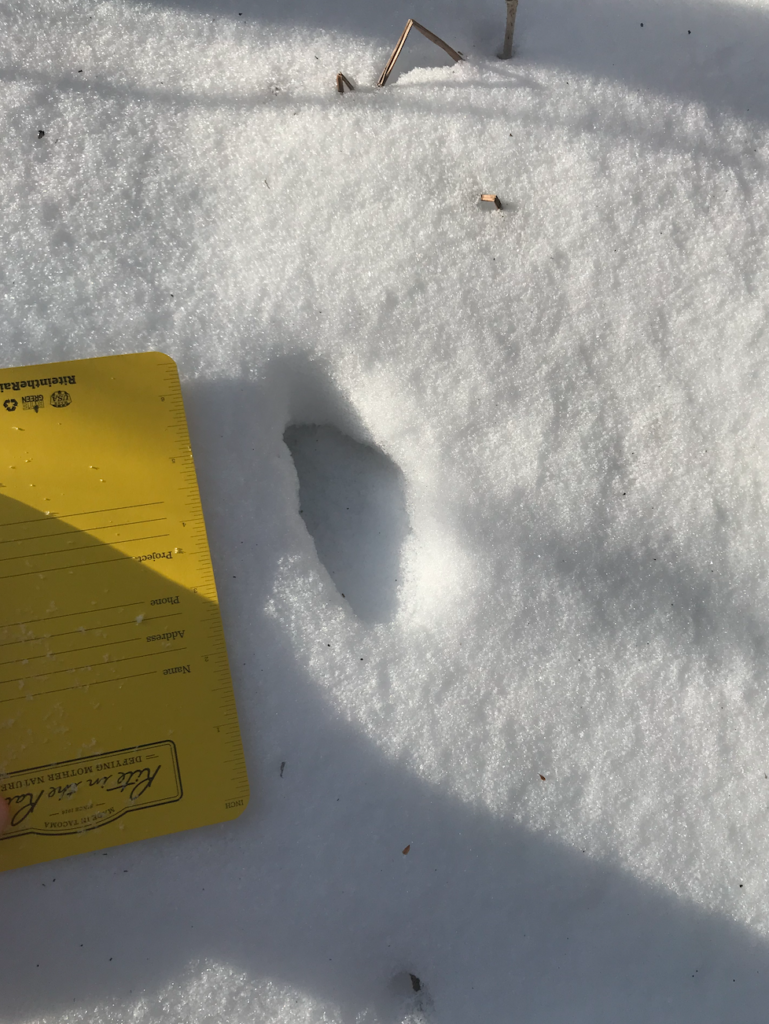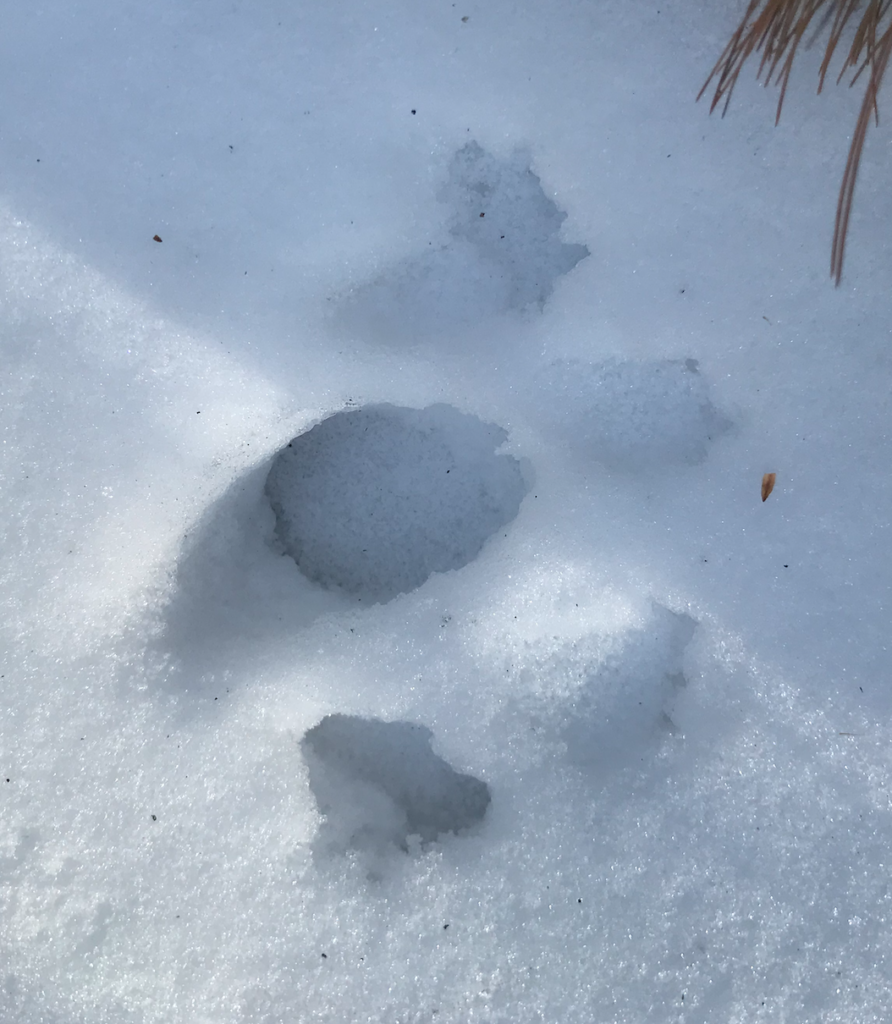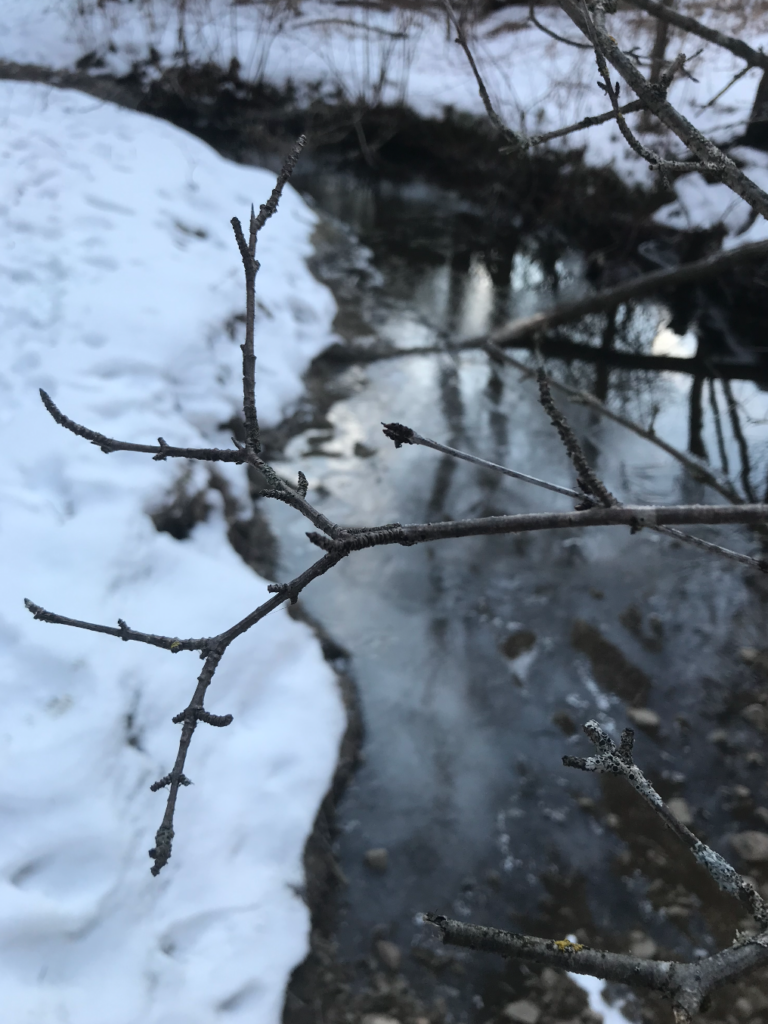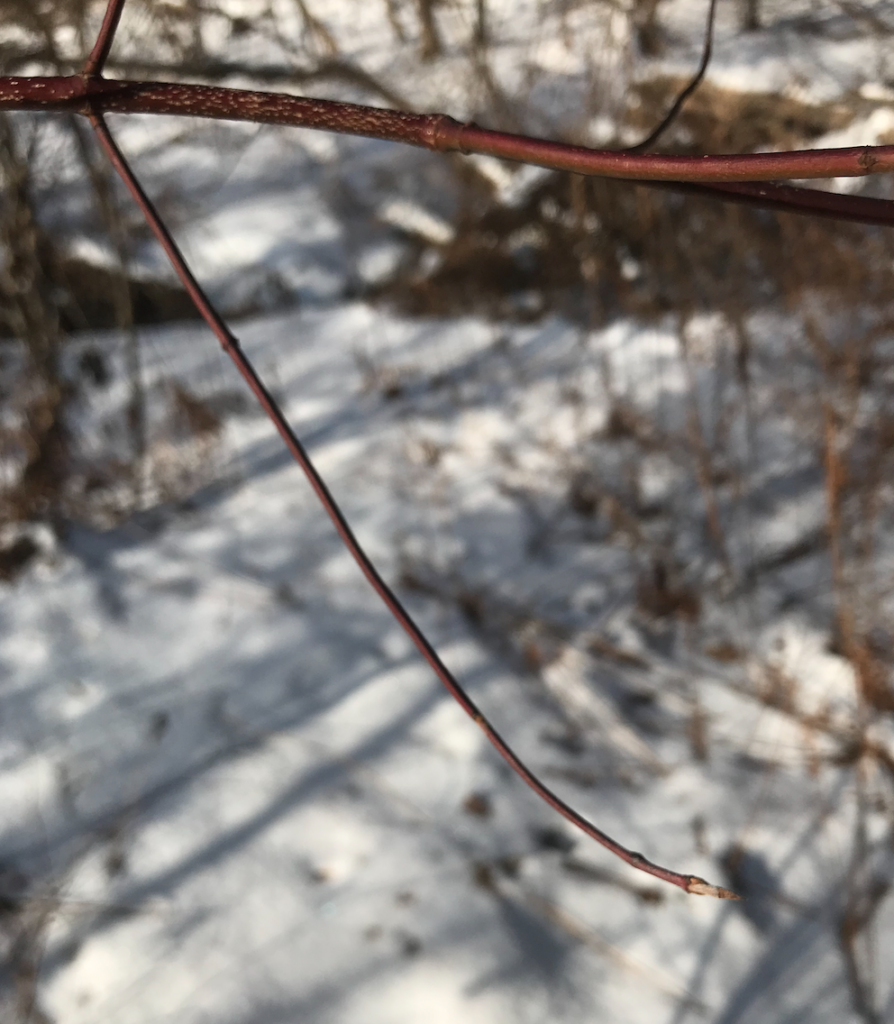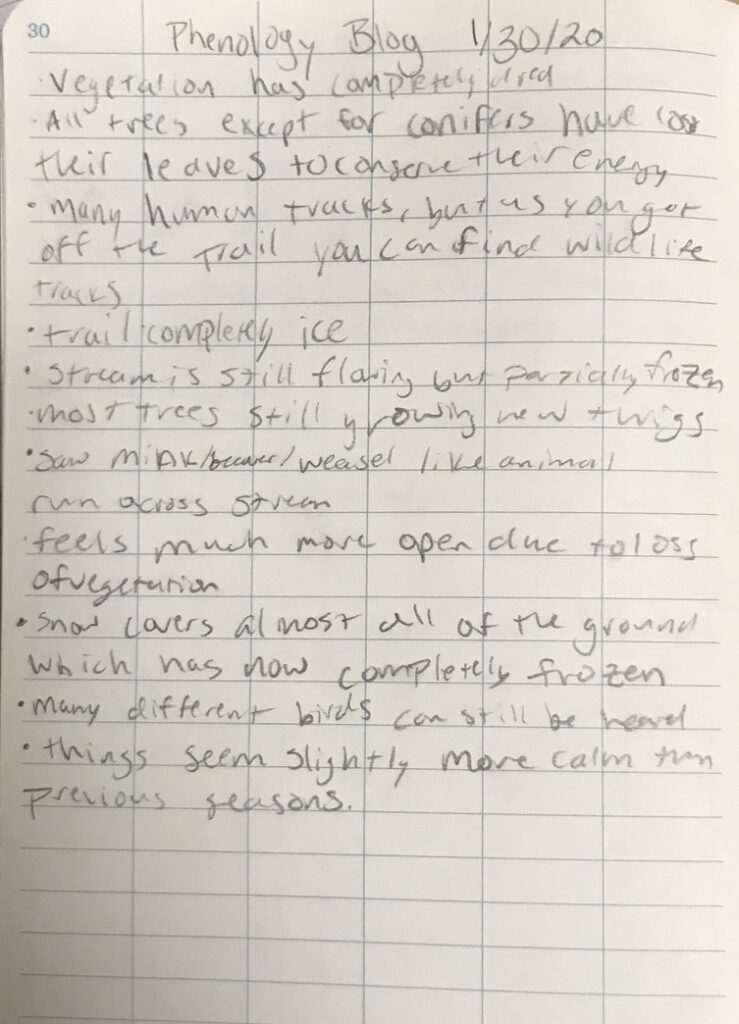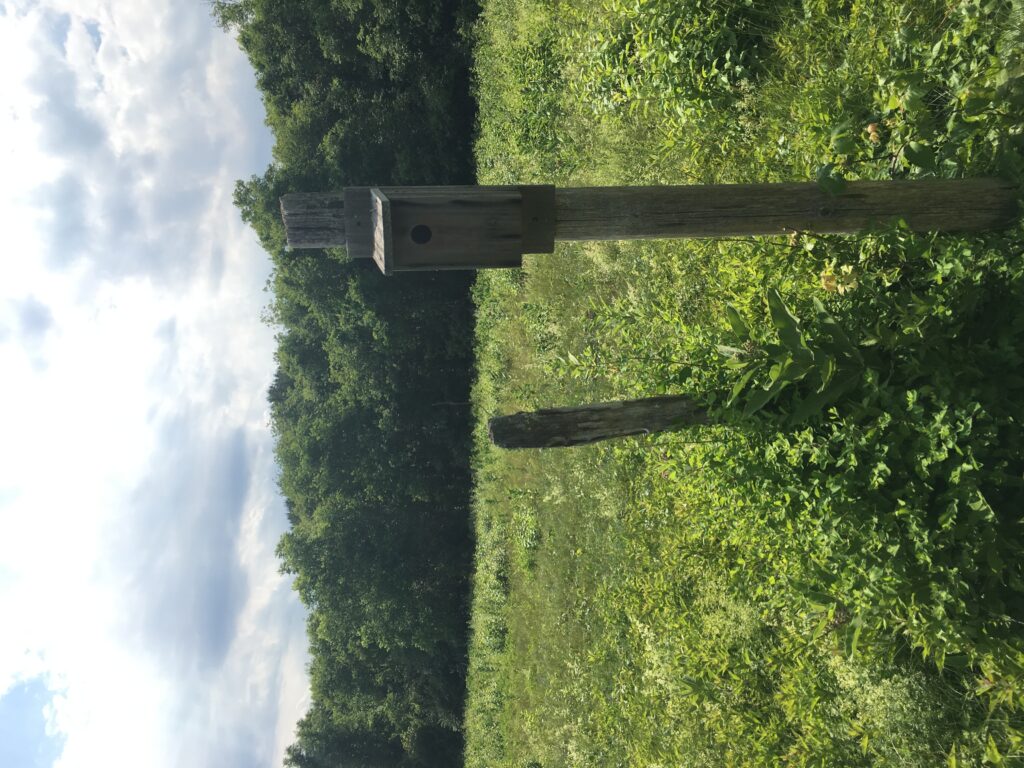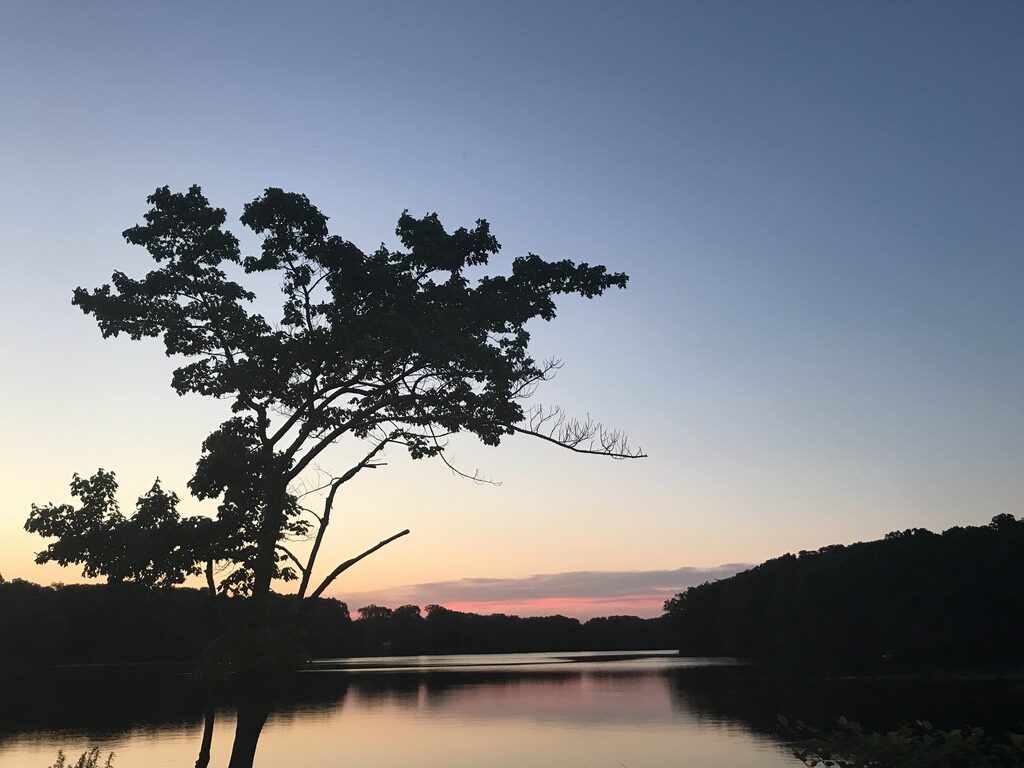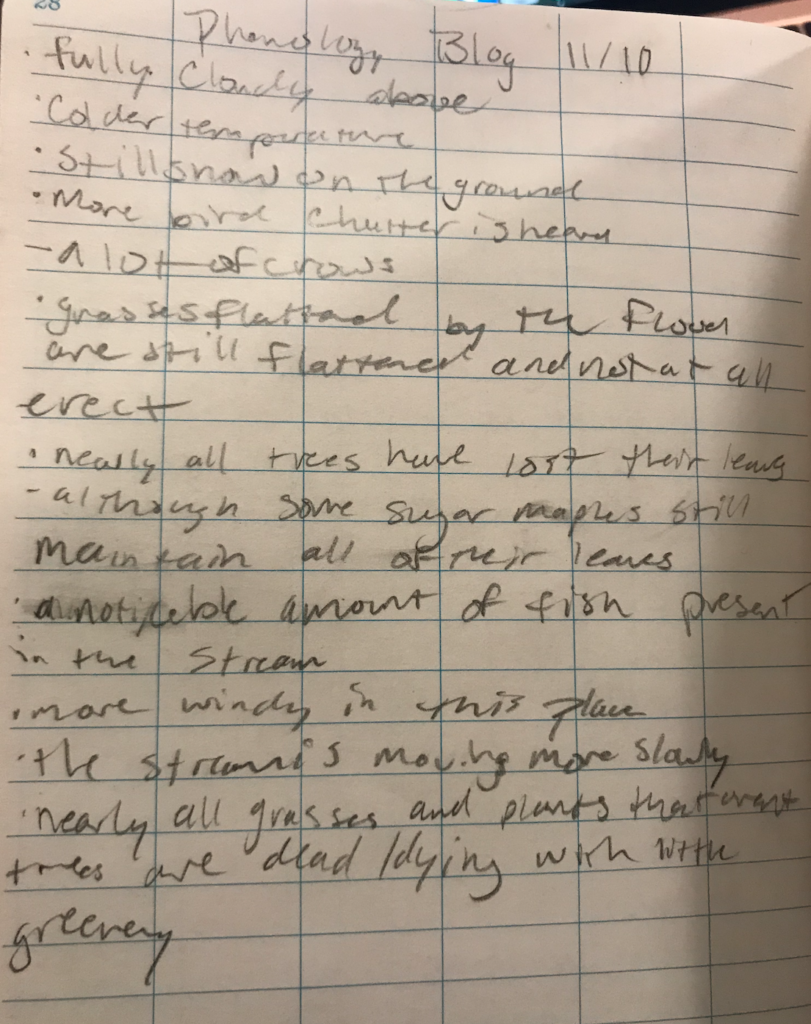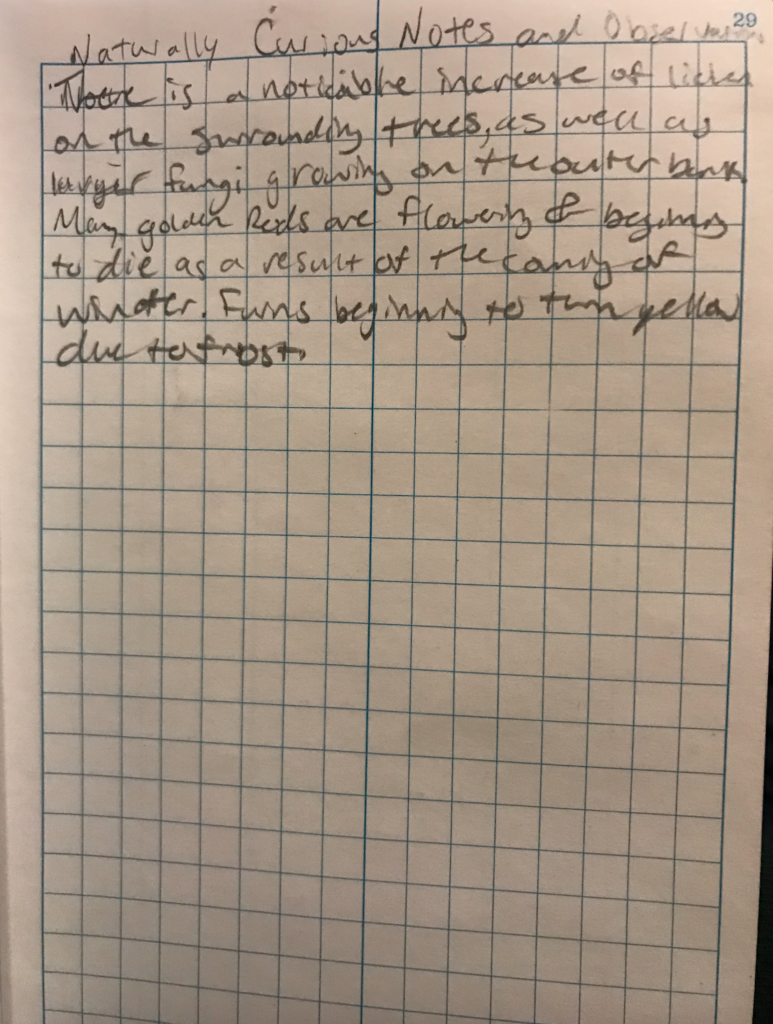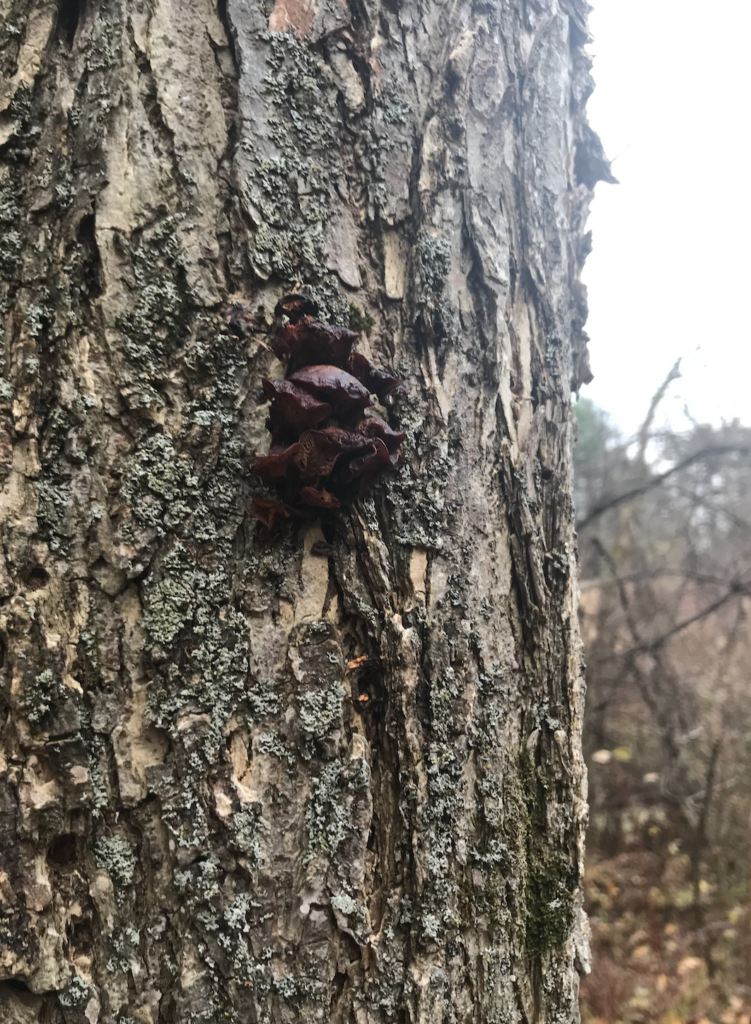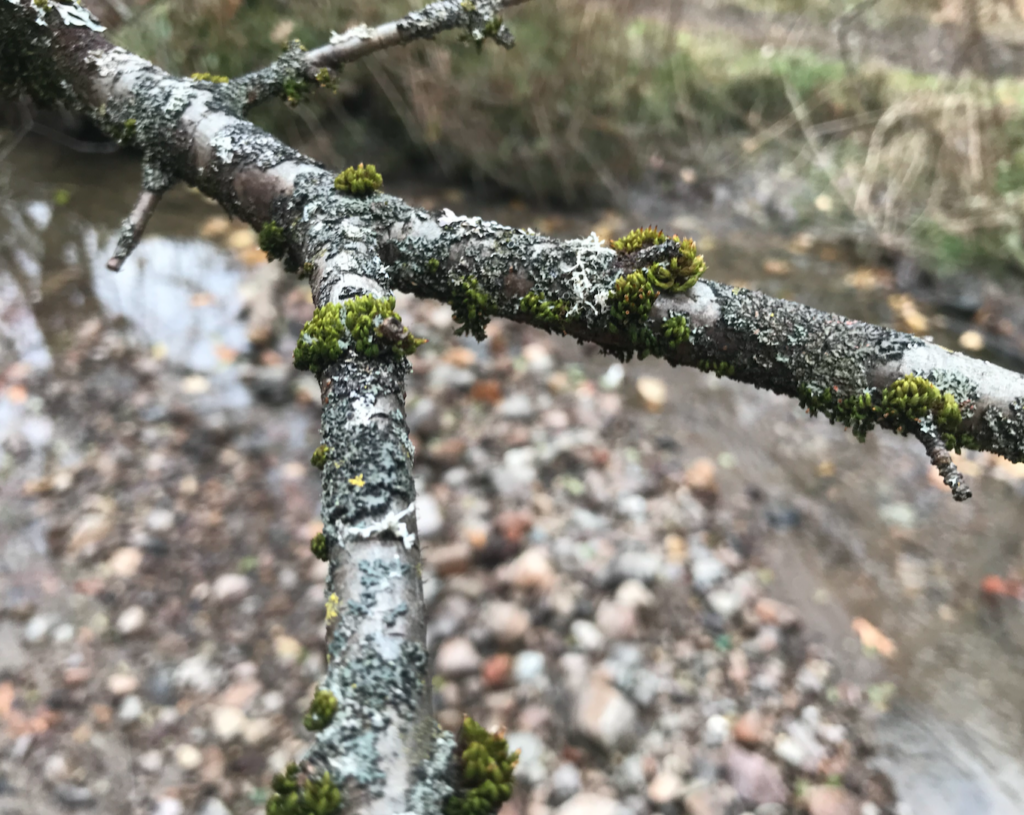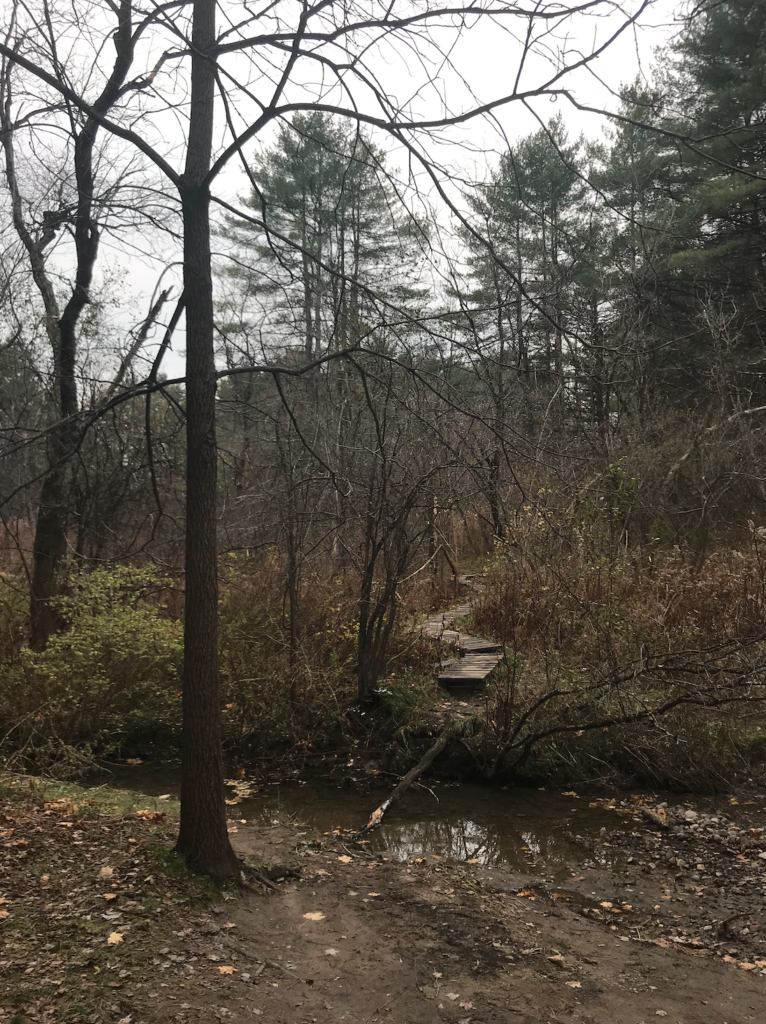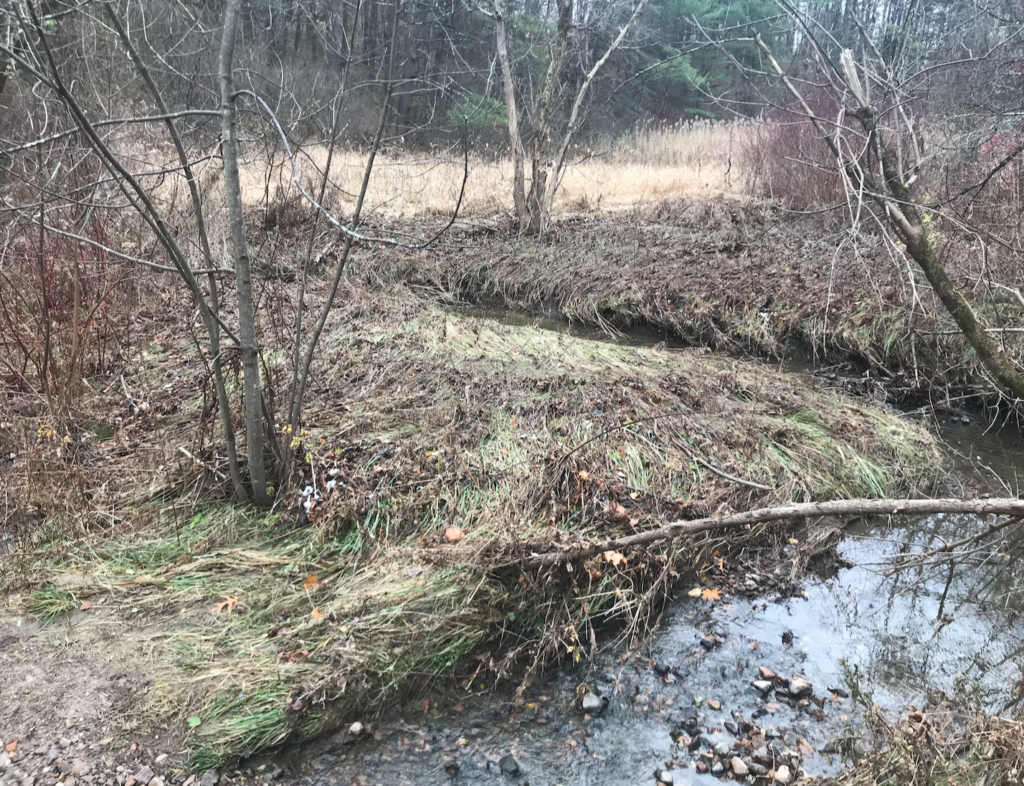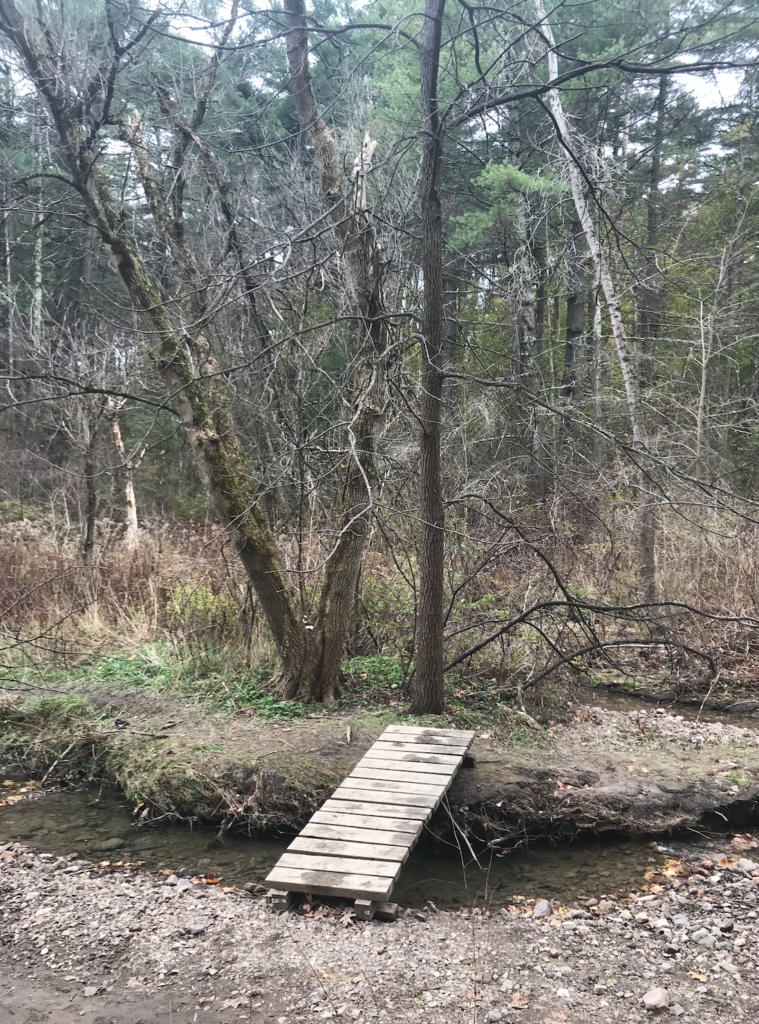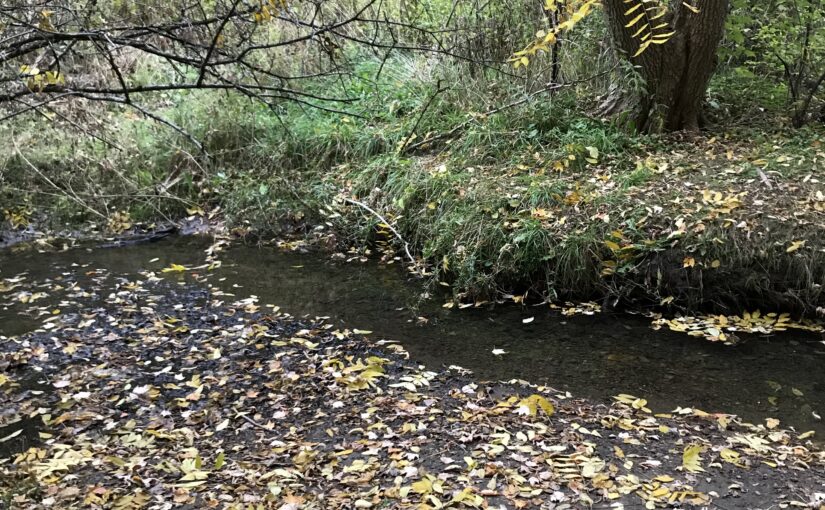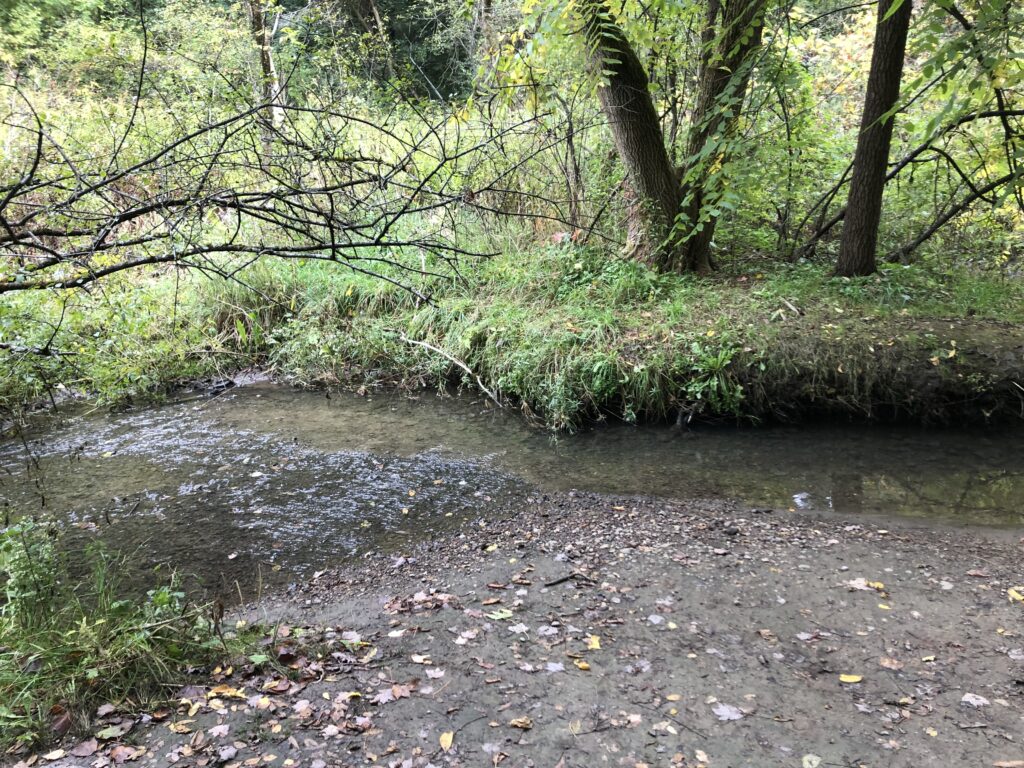Although a complete change of place is disorienting, I could imagine that similar phenological changes are still occurring in my new place as well as in Centennial Woods. I choose for my new place to be my yard around my house. Although it isn’t deep in a wooded area, there are still clear signs of phenological changes all around, especially during this time of year. Throughout the harsh winter, seeds and many other organisms have been hibernating, and trying to survive until the warmth of spring comes around, and life flourishes once again. Throughout march, these changes have already begun.
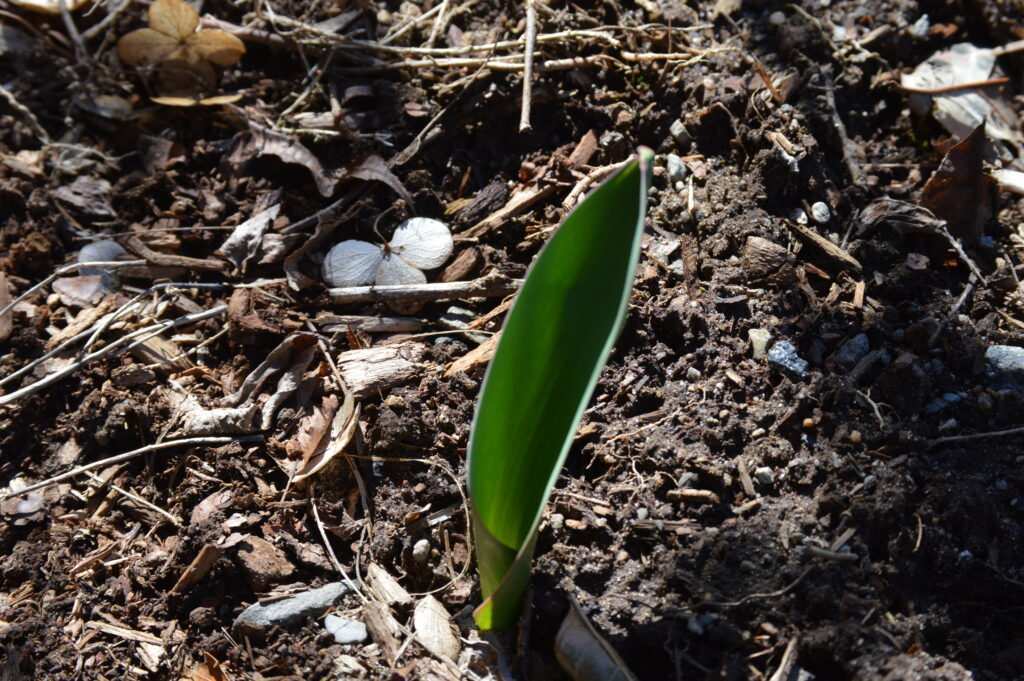
Figure 1 Brown, C. (2020). [Sprouting Tulip]. 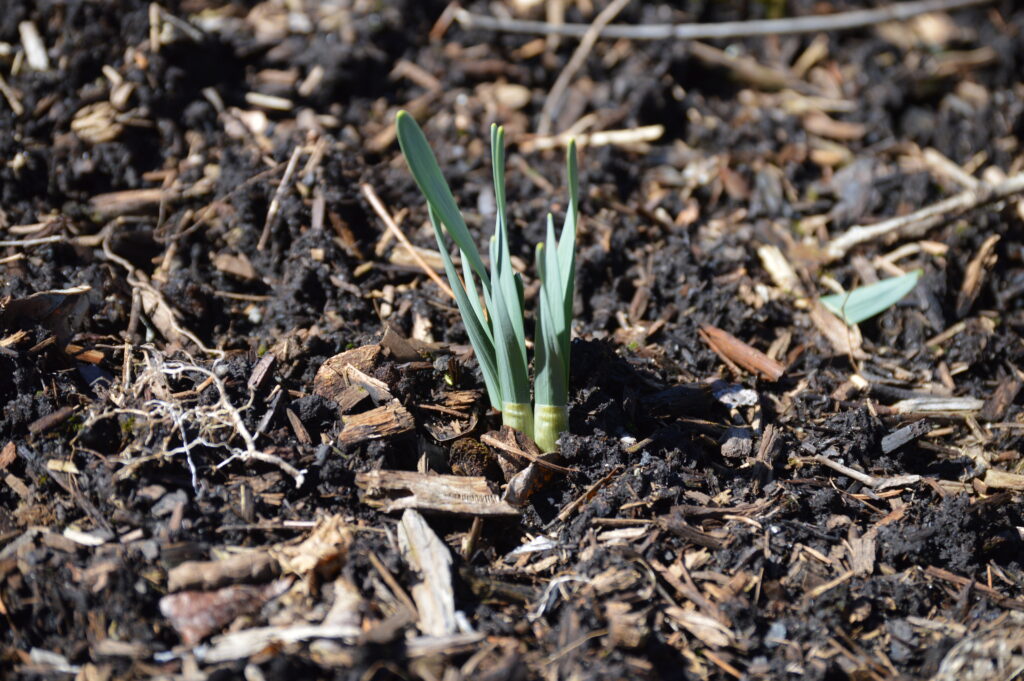
Figure 2 Brown, C. (2020). [Sprouting Daffodils].
The first signs of life that I noticed were various plants that had began to sprout out of the ground due to the warming weather, bringing a contrasting green to the uniformly brown ground (Figures 1 & 2). But as I walked outside, the other thing I almost instantly noticed was the songs and noises of the many birds coming from all around me. From my time spent at home during winter break, this was a noticeable difference in both the amount of noise as well as the diversity of the sounds.
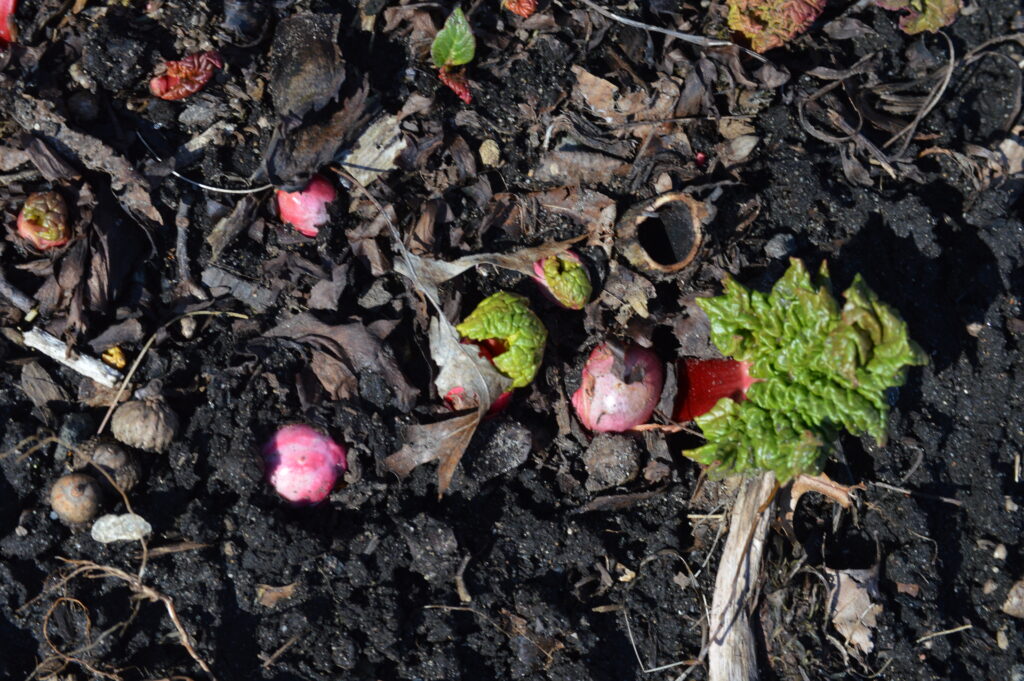
Figure 3 Brown, C. (2020). [New Growth of a Rhubarb Plant]. 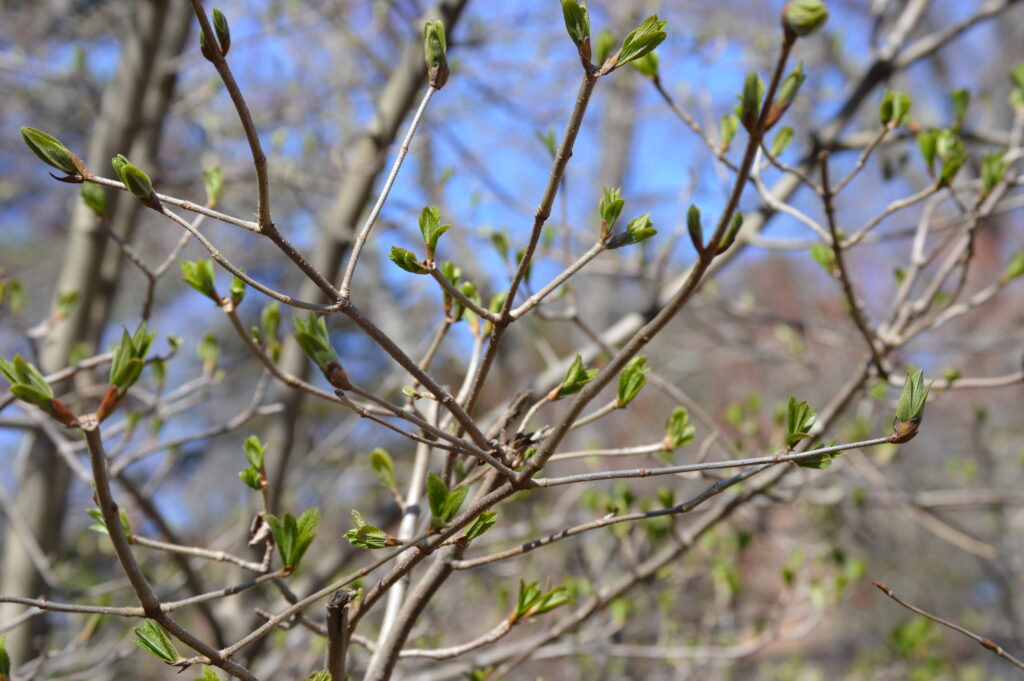
Figure 4 Brown, C. (2020). [New Buds of a Cherry Tree].
After closer inspection of my surroundings, I began to notice that many of the trees around me had started to bud, and even began to open (Figure 4), the first of which was in a tree that I believe to be a cherry tree. While I was walking around my house, I also noticed something sprouting in our garden. Upon a closer look, I realized it to be a rhubarb plant, coming back after a whole year (Figure 4). All of the plants noted, and many more are perennial plants, plants that grow back every year, and inhabit much of our yard. Although it is limited, life has started to grow once again, marking the end of the harsh winter which we all know too well.
